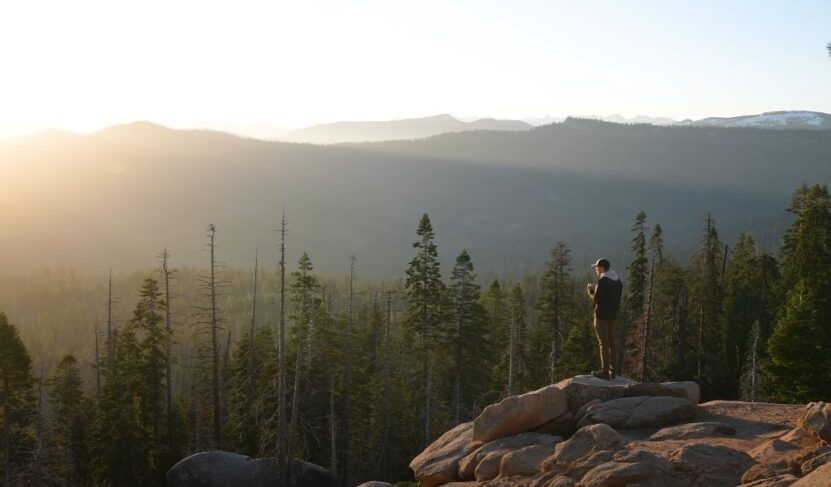Ever find yourself marveling at nature’s wonders and thinking, “How did this all come to be?” Sequoia National Park, one of the gems of California, feels like a place straight out of a nature documentary—so full of life, history, and, let’s be honest, a little bit of mystery.
I’ve had the chance to dig into some of the most fascinating facts about the park, and I couldn’t wait to share them with you. If you’ve ever been curious about what makes this place so special, buckle up, because you’re about to get an inside look at 10 of the most interesting things I’ve discovered about Sequoia National Park.
1. A Wilderness Wonderland

Did you know over 1.6 million people visit Sequoia National Park every year? It’s a number that blew me away at first. You’d think with that many visitors, it would feel crowded, but Sequoia National Park is massive, covering a whopping 404,063 acres.
That’s a lot of space for adventure, but it also makes finding lodging a little tricky, especially during the peak summer months. There’s a real balance between the untouched wilderness and the flow of campers, hikers, and curious wanderers, making it a true wilderness wonderland.
Imagine standing in a place so vast, where nature reigns supreme, and yet, it’s still a beloved destination for millions each year.
2. Kings Canyon
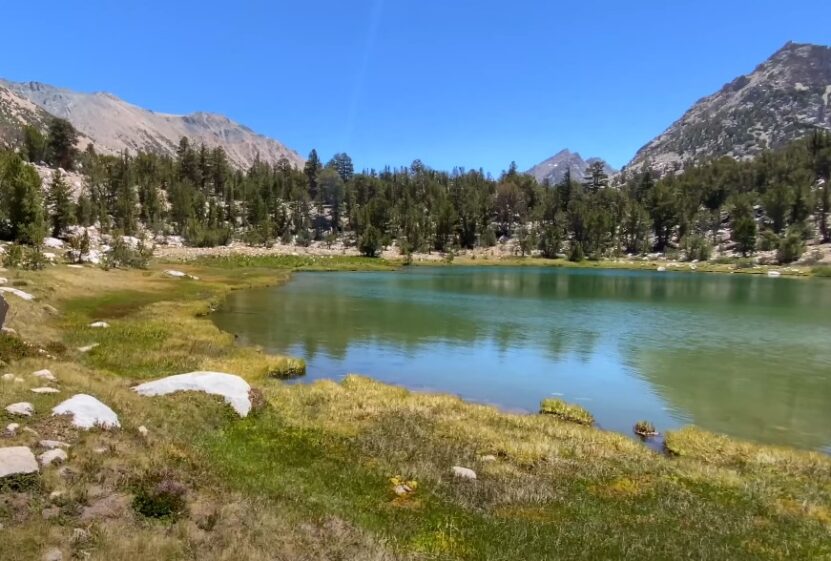
Here’s something that doesn’t quite add up: Kings Canyon National Park, which sits right next to Sequoia, is actually larger by about 57,838 acres. Yet, it wasn’t established until 1940, almost 50 years after Sequoia became a protected park.
Why the delay? That’s a question that still stirs debate. What we do know is that Kings Canyon’s rugged beauty and sheer size make it a breathtaking complement to Sequoia, and many visitors often combine both parks into one epic trip.
The combined size of these parks creates an unbroken stretch of protected land that offers an unmatched sense of solitude and grandeur.
3. A World of Hidden Caves
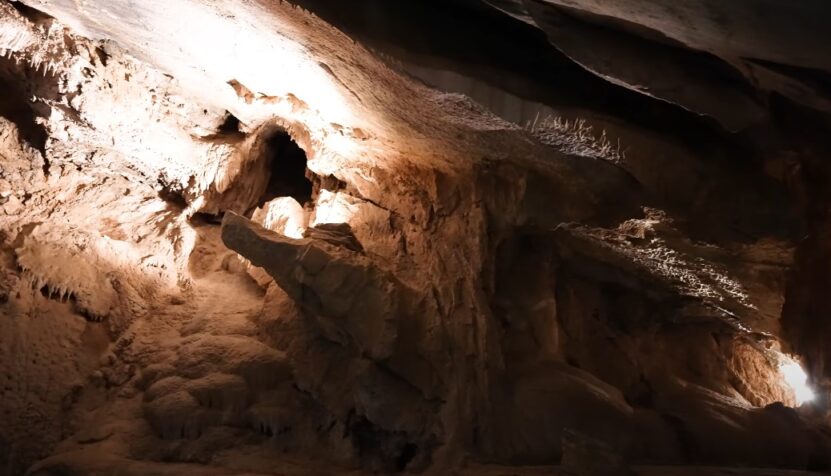
You’d be surprised by what lies beneath your feet in Sequoia. There are 275 caves already discovered in the park, but experts believe there are likely many more waiting to be found.
I can’t help but think of these caves as hidden treasures, with over 35 miles of underground passageways already charted. Many of these caves are connected, forming intricate tunnel systems beneath the forest.
While some are accessible to visitors, others remain off-limits, preserved for further study. Just imagine what mysteries are still tucked away beneath the forest floor, waiting to be explored.
4. Extreme Weather in Every Corner
Sequoia’s weather might surprise you, especially with how it varies from one area to another. For example, Ash Mountain receives around 25.4 inches of rain each year but barely any snow—just 1 inch.
Travel a bit higher, though, to places like Grant Grove, and it’s a completely different story: 42.5 inches of rain and a whopping 260 inches of snow at Lodgepole.
The diversity in weather patterns shapes the park’s ecosystems, allowing for a range of plant life and wildlife to thrive. Next time you’re there, remember that the climate shift can be pretty dramatic depending on your elevation, so it’s wise to pack accordingly!
5. Wildlife You Can’t Find Anywhere Else

Sequoia National Park is home to a dazzling array of wildlife, including five types of fish, 200 species of birds, and a host of mammals, reptiles, and amphibians. What I found most fascinating, though, is the number of endangered species in the park.
Iconic animals like the California Condor, Bighorn Sheep, and Bald Eagle call Sequoia home. Sadly, some species, like the Little Kern Golden Trout, are critically endangered, while others have already gone extinct.
This park is more than just a beautiful place—it’s a living, breathing testament to the resilience and fragility of our planet’s ecosystems.
6. A Forest of Giants—and More
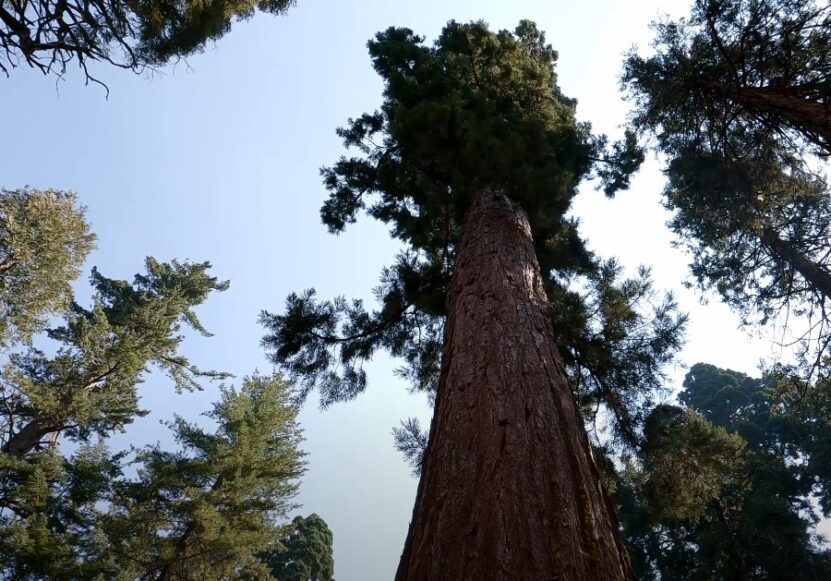
Of course, when you think of Sequoia, you think of the trees, right? It’s practically in the name. But what’s really interesting is the park’s staggering diversity of plant life.
In addition to the towering sequoias, there are 26 types of evergreen trees and an astonishing 1,530 different kinds of plants.
And let’s not forget the 22 deciduous trees, which shed their leaves annually, keeping the forest floor rich and fertile. This natural recycling process helps new plant life sprout and keeps the park’s ecosystems thriving.
7. The Biggest and the Most Resilient Sequoias

Speaking of trees, it’s no surprise that the sequoias are the headliners here. What you might not know is that the park boasts 38 groves of these colossal giants, which are the most voluminous single-trunk trees in the world.
They grow straight up, unlike other trees that might bend or twist over time. And here’s something really cool: when a sequoia does fall, its nutrients return to the soil, enriching it and helping the next generation of trees thrive.
These trees are also highly resistant to fire, thanks to their thick bark and their habit of growing in such a vertical line.
8. Roads That Stretch for Miles
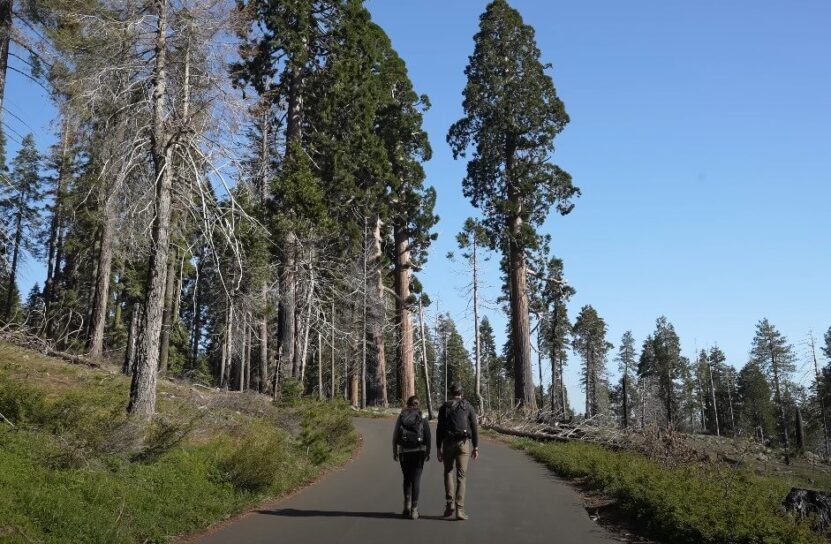
It’s not just the trees and caves that make Sequoia unique. There are also over 1,500 miles of roads crisscrossing through the park, many of which are painstakingly maintained by the park’s staff.
What I found particularly intriguing, though, is that 1,000 miles of roads have been abandoned over time, letting nature reclaim those pathways. And if you’re into off-road adventures, there are about 850 miles set aside for ATVs, biking, horseback riding, and, of course, hiking.
It’s wild to think that such a vast, interconnected road system exists in a place that still feels so untouched by human hands.
9. Trail of 100 Giants
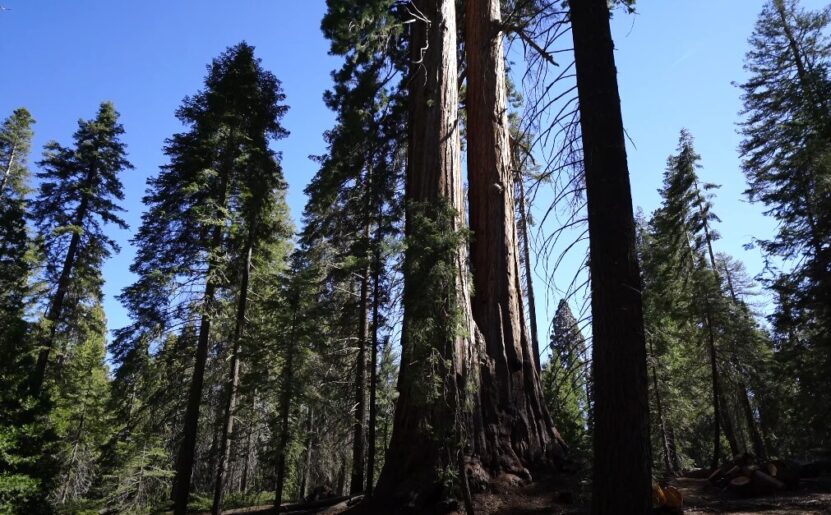
One of the most popular hikes in the park is the Trail of 100 Giants, and it’s easy to see why. On this trek, you walk among the oldest and largest trees in the park, some of which are estimated to be between 500 and 1,500 years old.
Imagine standing in the shadow of something that’s been around since the Middle Ages, still standing tall despite everything that’s changed in the world around it. It’s both humbling and awe-inspiring, and definitely one of the must-do activities if you visit Sequoia.
10. Fire-Resistant Giants
One of the park’s coolest facts is about how sequoias have adapted to fire. Unlike many trees that might twist and turn as they grow, sequoias grow straight up.
Their thick bark acts as a natural insulator against the flames, allowing them to survive wildfires that would destroy other species.
And when a tree does finally succumb to the heat, its nutrients enrich the soil, creating a perfect environment for new growth. So in a way, fire isn’t the enemy of the sequoias; it’s part of the circle of life that keeps the forest thriving.
Final Thoughts
Sequoia National Park is far more than just a beautiful place to snap some photos—although, trust me, you’ll want to do that too. It’s a living, breathing ecosystem that’s constantly changing and evolving, with hidden wonders that you might not see unless you look closely.
From the towering sequoias to the delicate balance of wildlife and weather, this park is full of surprises. It’s a place where nature feels powerful, yet fragile.
If you’re exploring the underground caves, hiking through groves of ancient trees, or simply sitting back and soaking in the beauty, Sequoia National Park has a way of leaving you in awe.

